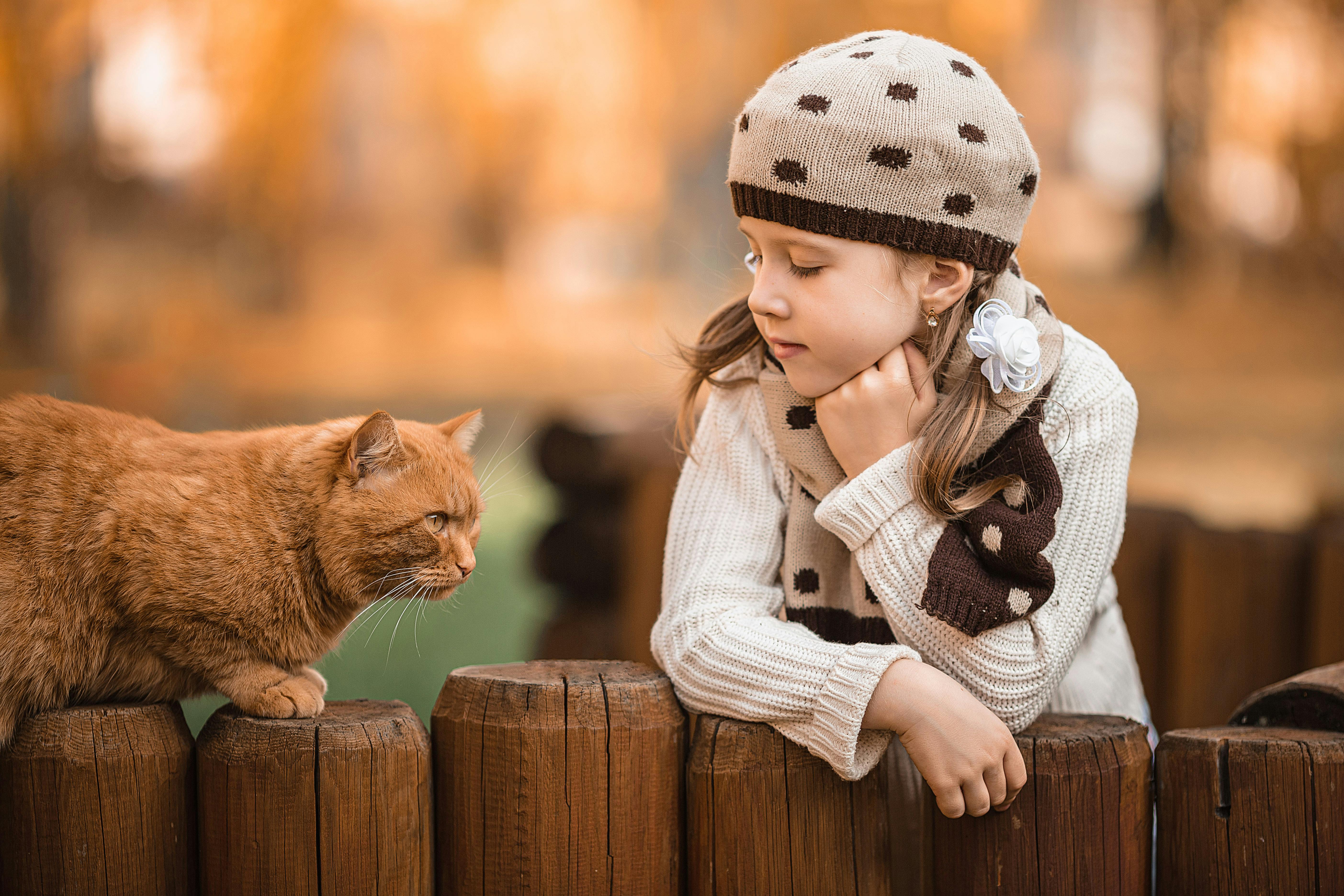Many people have experienced the embarrassing moment where their host’s male dog suddenly tightened his front paws around his leg and began to do vigorous pelvic thrusts.
Why are these dogs embarking on such an unpromising activity?
The answer is that dogs go through a special phase of socialization as puppies, during which they establish their identity. This critical period lasts from four to twelve weeks, and any species that shares this time with them in close and friendly proximity becomes their species. For all companion dogs, there are always two species present during this crucial stage of growth: dogs and humans. As a result, they become ‘mental hybrids’, powerfully attached to both species. For the rest of their lives, they are comfortable in both canine and human society. Members of your human family serve quite well as an adopted “pack”. Humans share their food, share their den, go out patrolling the territory together, play games together, enjoy some social grooming, perform required greeting ceremonies, and generally play the role of dog companions with alacrity.
Canine society and humane society make a good couple. Only when it comes to sex, the relationship breaks down.
Fortunately, there are some powerful innate responses involved in canine sexual attraction, which generally serve to keep dogs pointing in the right direction. Since humans do not possess the dog’s particular erotic fragrance, they do not normally trigger the sexual responses of male dogs that share their homes. When it comes to dogs, people are simply “members of their pack who are never in a sexual condition.”
Everything should be fine but sadly for most male dogs, encounters with female dogs in heat are abnormally rare events in their domesticated lives. A level of sexual frustration builds up where even the family cat begins to look attractive. At this point, a randy dog will try to mount just about anything that stays still long enough, including cats, other male dogs, cushions, and human legs.
Human legs are attractive because they are easy to fasten. The choice of a leg rather than a more appropriate part of the human anatomy is simply due to the clumsy and careless form of human beings. They are too big and too high, so the leg is the only easily accessible region for last-resort sexual advancement.
The correct response to a leg-grabbing dog is compassion rather than anger. After all, we are the ones who have condemned those dogs to an abnormally celibate existence. All it takes is a polite rejection of his advances, not the irate punishment that is sometimes inflicted.
The comment about the dog’s interest in the family cat was not meant to be funny. Some sexually frustrated dogs try to mate with cats, but this only happens when the animals in question grew up together as puppies and kittens. A close relationship with young cats during the critical phase of puppy development simply adds felines to the category of ‘my kind’ in the canine mind.
A puppy that has played with:
(a) other puppies in his litter,
(b) the family kitten, and
(c) their human owners, during the socialization phase of four to twelve weeks, will have a triple attachment that will last a lifetime.
There is another side to the coin in this linking process. The absence of a species during the socialization period in the puppy’s development will automatically mean that it is something to be avoided later on. This applies even to the true species of the puppy. If a tiny cub is taken away from its mother before its eyes and ears are open, say, when it is only a week old, and it is raised by hand in isolation, it will become massively attached to humans, but it will always be shy with other dogs. in adulthood. Therefore, it is a big mistake to take a puppy out of your family too early. If there is a disaster, with the mother dying and only one cub surviving, for example, then it is important to try to have other puppies or dogs around the youngster while hand-raising it, so that it gets used to breeding. company of its own kind during its critical period of growth.
If a puppy is left in the company of its own canine family, but is kept completely away from humans until it is past twelve weeks, it will never become docile and friendly to people in its later life. The cubs raised in a field on an experimental farm, where they had no close contact with people until the litter was fourteen weeks old, were effectively like wild animals.
The idea that the domestic dog is somehow a “genetically domesticated” animal is therefore not true. The suggestion that wolves are more “savage” and untamed than dogs is also incorrect. A wolf cub taken at a young enough stage of development becomes a remarkably friendly companion, so much so that most people, seeing one taken for a walk on a collar and leash, imagine that it is just another big dog. In fact, on one occasion a domesticated adult wolf was brought from England to the United States on the Queen Elizabeth, registered as Alsatian, without provoking any comment. He was given a daily stroll across the deck and happily petted by passengers and crew, who would have been horrified if they had known his true identity.
